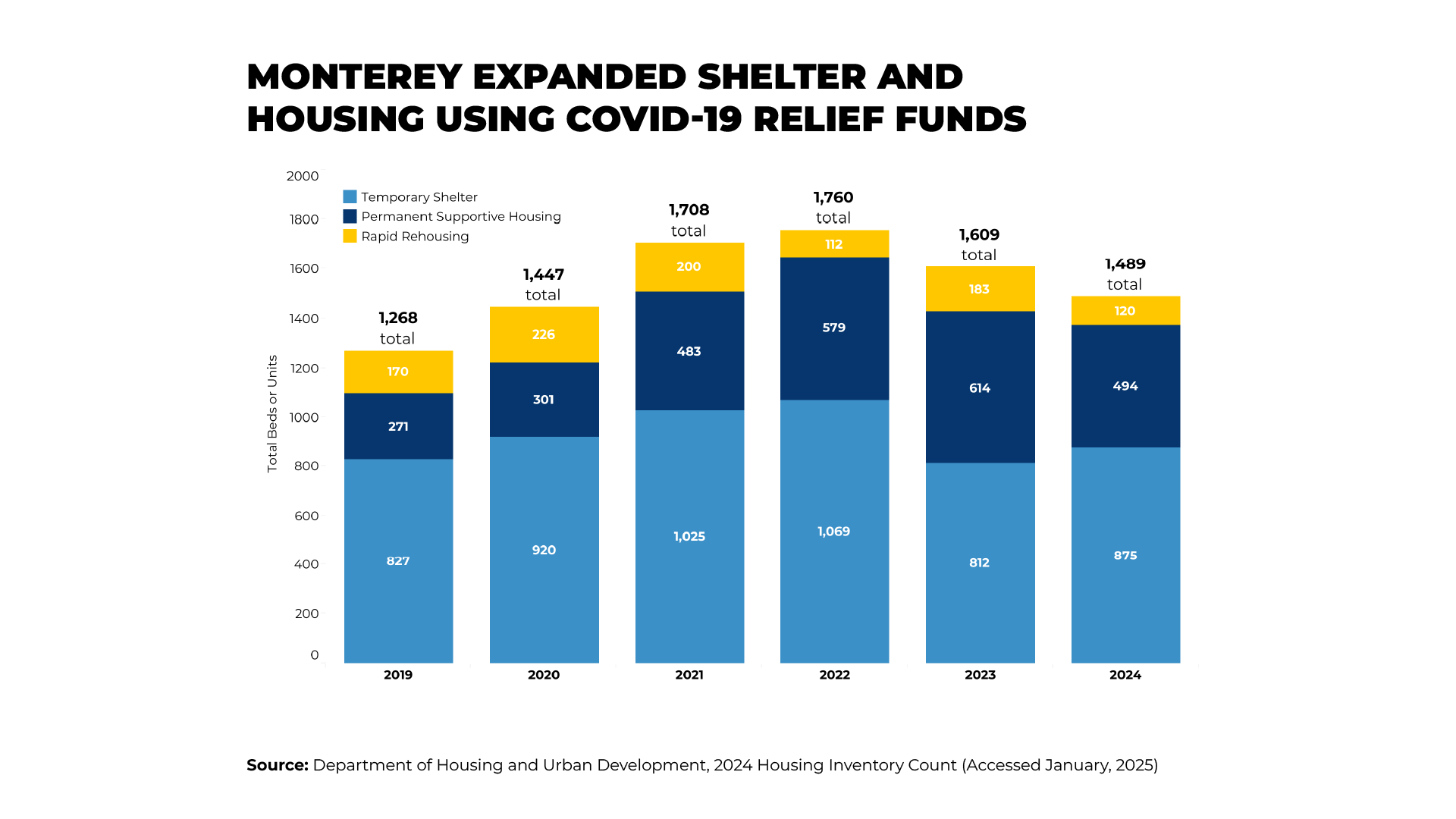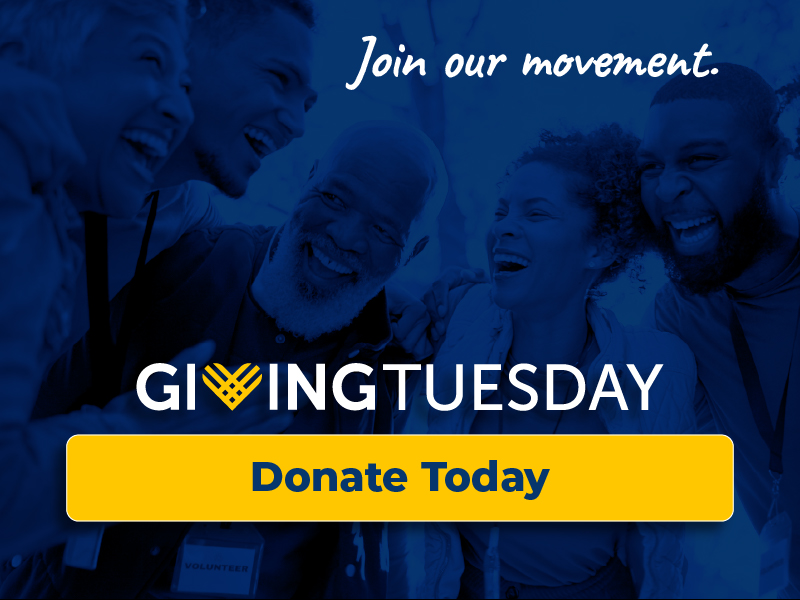Table of Contents
2.1 What should I ask the lawmaker for?
2.2 How do I make it compelling?
3.1 What do I need to know about the lawmaker?
3.2 How do I work with legislative staff?
3.3 Any tips for virtual meetings?
4.1 What do I do after the meeting?
4.3 Additional Resources to Support Your Lobbying and Advocacy Work
Overview & Part 1
We’re thrilled that you’re joining the National Alliance to End Homelessness in advocating for policies and funding to help end homelessness. Here’s what to expect from this course:
- Videos featuring real advocates talking about their own experiences and strategies
- Guides to help you prepare for meeting with your lawmaker
- Four parts total (this page, plus 3 more)
The materials on these pages won’t take you more than one hour to absorb, but along the way you’ll also get started actually preparing for a meeting with a lawmaker. That prep time will take more than an hour, but how much can vary depending on your situation.
If you run into trouble or have questions while taking this course, reach out to learning@naeh.org.
You can do this course all at once or split it up across multiple sittings. When you return to a page in the course, it won’t necessarily take you to the place you left off, so you may want to jot down where you stopped. (Also, please note that this course does not provide a certificate of completion.)
THANK YOU to all the amazing advocates who shared their wisdom and contributed to the videos in this course!
1.1 What Is Advocacy?
Advocacy means urging a lawmaker, policymaker, or other government official to support a specific cause, often in a specific way (such as by increasing funding). Everyone has a right to engage in advocacy. For people working in the homeless services field, advocacy efforts typically focus on education about a specific issue on behalf of the people their organization serves (those experiencing homelessness).
Lobbying is a type of advocacy that involves urging lawmakers to vote yes or no on specific legislation that’s being considered. Lobbying is a small portion of the total amount of advocacy efforts made by many nonprofits. Most lobbying efforts are successful only when they are coupled with many other advocacy activities that allow policymakers to make informed decisions. Learn more about lobbying in section 1.4.
Organizations cannot use federal funds for lobbying at the state and/or federal levels. But the law does not forbid a non-profit from advocating and educating about critical issues. Government officials and lawmakers rely on expertise and insights from their constituents, and advocacy is an important part of this.
Regardless of whether you and your organization seek to pursue lobbying opportunities within the scope of federal tax law, there are many advocacy and educational strategies to help decision-makers prevent and end homelessness that everyone can do.
For example, employees from any organization are permitted to:
- Distribute materials to legislator’s offices that describe the success of a federally funded program.
- Disseminate an analysis of a specific piece of legislation on your website or elsewhere with details of how it would affect people experiencing or at risk of homelessness.
- Invite Members of Congress to visit a program to see first-hand how federal funding is used to end homelessness, and so Members can connect directly to people impacted by these policies and programs.
- Meet with Members of Congress (or their staff) in response to a written request for technical assistance from a congressional body to provide information on how a particular piece of legislation will affect homeless people and local programs.
1.2 What’s My Role in Advocacy?
Your contribution is valuable, regardless of whether you’re a person currently experiencing homelessness, a system leader, a staff member at a direct service organization, or just an advocate who wants to help end homelessness. Here are some thoughts from advocates across the country about the value people in various roles bring to advocacy.
(In this video, we’ll use the word provider to mean an organization that provides services to people experiencing homelessness. You’ll also hear some speakers refer to a CoC, which stands for Continuum of Care, a planning body that organizes the homeless response across a city or part of a state. CoC leaders are also sometimes called system leaders.)
Lawmakers need to hear from the people on the ground doing the work to prevent and end homelessness daily. Yet people and organizations face many real and perceived barriers to connecting with and influencing decision-makers, from lack of time and resources to risk aversion over losing 501(c)(3) status.
There is no federal limit on how much non-lobbying advocacy your nonprofit organization can do. Whether on company or personal time, everyone can pursue opportunities to help shape the narratives around homelessness.
1.3 What if I’m New to This?
That’s okay — everyone starts somewhere! You can do this, even if you’ve never met with a lawmaker before. Here’s some advice about getting started from people who’ve been there:
1.4 Is My Organization Allowed to Lobby?
Lobbying: According to the IRS (which oversees lobbying activities), lobbying involves an attempt to influence specific legislation at the local, state, or federal level.
Lobbying activities include contacting any legislative Member of Congress, legislative staff, or government employee to influence them to propose, support, or oppose specific legislation. Lobbying also includes trying to persuade the public to share your organization’s views on a particular legislative proposal.
While lobbying is an important activity for nonprofit organizations to undertake, federal tax law places limits on the amount of lobbying that an organization can do. If a 501(c)(3) non-profit chooses to lobby in support of its mission, the organization can measure its lobbying activities through one of two tests.
1.5 How Should I Engage my Organization in Advocacy?
To add your critical voice to these ongoing discussions and decisions at your organization, you can:
Start a conversation:
- Consult with key partners (such as co-workers, organizational leadership, and funders) to better understand your and your organization’s unique role to play in educating and influencing decision-makers.
Do some research:
- Research and understand any organizational limitations on lobbying and advocacy.
- Identify current and upcoming crucial decision-points (such as appropriations season or a hearing for a major bill), and the accompanying key leaders to influence.
Make a gameplan:
- Craft an accompanying education, advocacy, and/or lobbying strategy to highlight your community successes, leverage data points, and make the case for increased investments.
Together, we can engage lawmakers to make the case for the resources and support needed to prevent and end homelessness as we know it.
You’ve completed 1 of 4 pages. Up next, we’ll talk through how to prepare for your meeting with your lawmaker.
Stay Updated: Solutions, Stories, and Ways to Make an Impact
Sign up to receive updates on the Alliance’s work, including the latest research, advocacy efforts, and real stories of progress — plus ways you can help drive lasting change.












